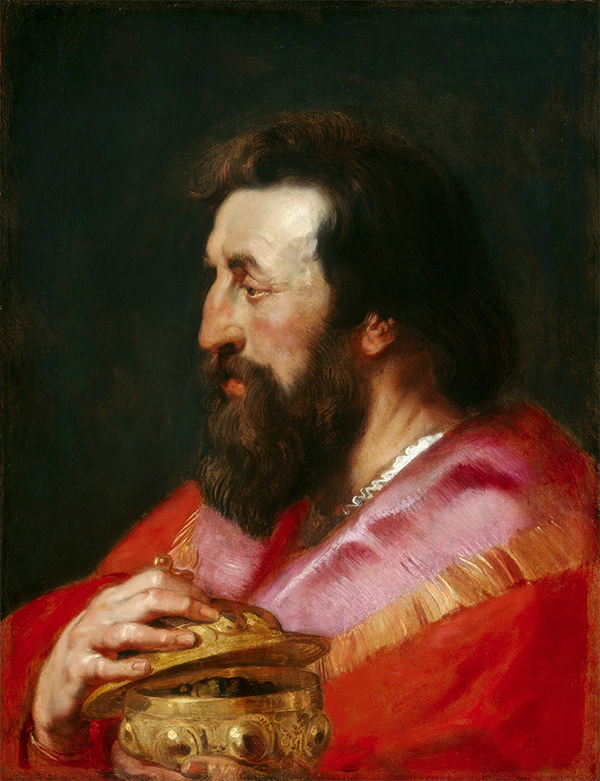
Peter Paul Rubens, One of the Three Magi, possibly Balthasar; One of the Three Magi, possibly Melchior; One of the Three Magi, possibly Gaspar (circa 1618).
Photo: Museum Plantin-Moretus, Antwerp, UNESCO World Heritage; National Gallery of Art, Washington, Chester Dale Collection; Museo de Arte de Ponce, Puerto Rico, the Luis A. Ferré Foundation, Inc.
Separated for over 130 years, Peter Paul Rubens’s portraits of the three Magi have finally been reunited this week by the National Gallery of Art in Washington, DC.
The three wise men have become a staple of Christian nativity scenes, despite featuring in just one of the four Gospels. Tradition states that the three kings were named Balthasar, Gaspar, and Melchior, and that they represent the continents of Europe, Asia, and Africa, as well as the three ages of man.
Rubens was commissioned to paint the works circa 1618 by his childhood friend Balthasar Moretus, who ran Plantin Press, Europe’s largest printing press. Fittingly, Moretus’s older brothers were named after the two other Magi.
For almost 300 years, the trio of works, a symbol the friendship between two major 17th-century cultural figures, remained together, before parting ways at a Paris auction in 1881.
“They’ve not seen each other since, so this is pretty exciting,” the museum’s curator of northern Baroque paintings, Arthur K. Wheelock Jr., told the Washington Post.
The National Gallery owns ones of the three paintings, of the middle-aged Melchior. Old Gaspar’s portrait belongs to Puerto Rico’s Museo de Arte de Ponce, and the image of Balthasar, the young king, resides at the Plantin-Moretus Museum in Antwerp, Belgium.
While Balthasar and Gaspar’s portraits were recently shown together in Puerto Rico, the Melchior painting wasn’t able to join its counterparts there. The NGA received the work as a gift from the Chester Dale Collection in 1943, on the condition that it not travel or be displayed at other institutions, making this a reunion that is unlikely to be repeated anytime soon.
“Peter Paul Rubens: The Three Magi Reunited” is on view at the National Gallery through July 5.
For more of artnet News’ coverage of Peter Paul Rubens see: